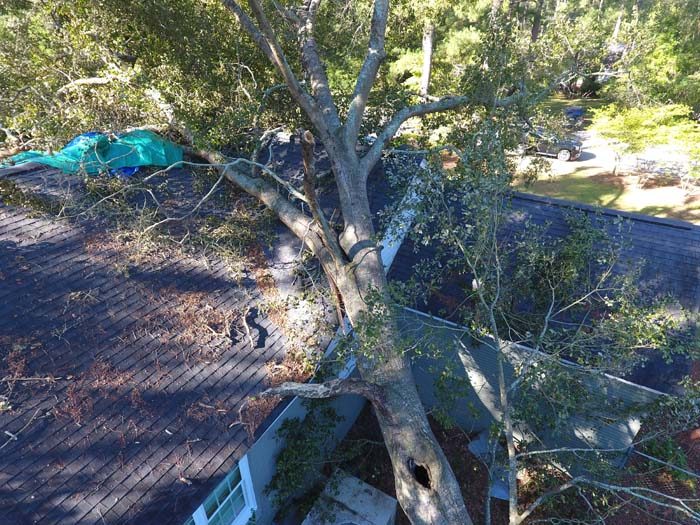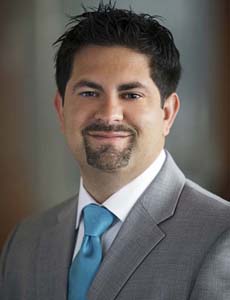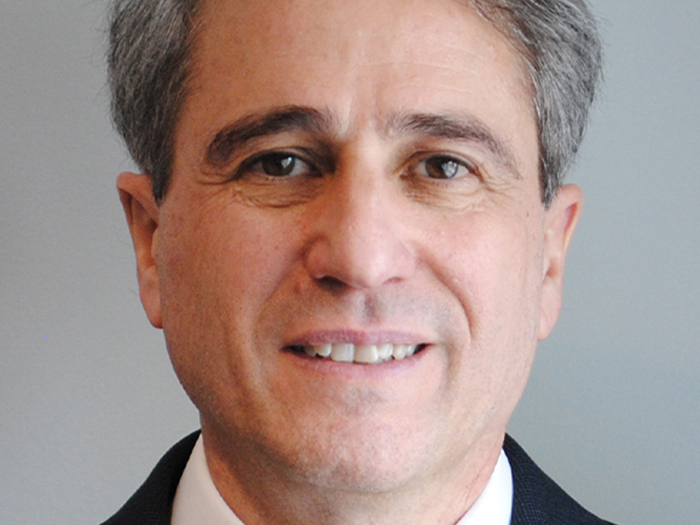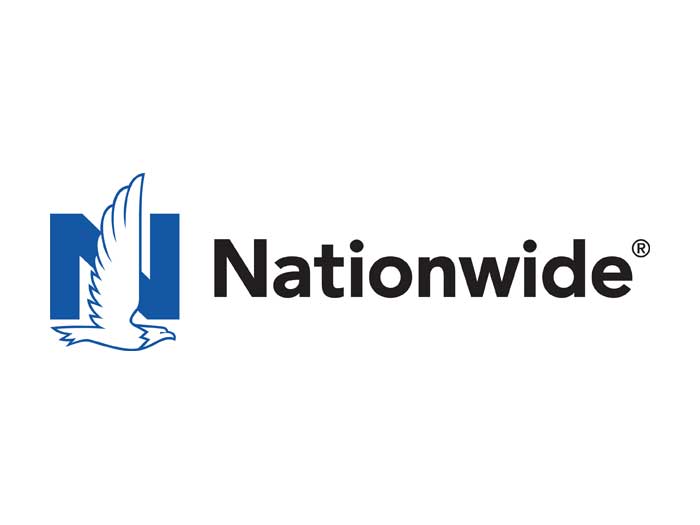Catastrophe Claims
Bird’s Eye View of Hurricane Damage

Hurricane Matthew, which battered the East Coast and the Caribbean in October, was the first major U.S. event where insurers used drones to inspect damage and help process claims.
With estimated losses from the Category 4 storm expected to reach $4 billion to $8 billion, according to industry sources, the need for the quick processing and settlement of claims has never been greater.
Already more than 90,000 claims totaling almost $550 million have been filed in Florida, according to the state’s Office of Insurance Regulation, while in North Carolina that figure stands at $1.5 billion.
Allstate’s communications manager, Justin Herndon, said the use of drones had the potential to double the amount of properties a claims adjuster could look at in one day.
Just weeks before Hurricane Matthew struck, the Federal Aviation Administration (FAA) introduced new regulations governing the use of commercial drones that made it easier for insurers to use them to inspect and assess property damage after a disaster.
As a result, insurance companies were able to enlist drones for the first time to speed up the claims process and improve safety for their staff after the storm blew back out to sea.

Justin Herndon, communications manager, Allstate
“Drones are absolutely speeding up the process,” Herndon said. “Where an adjuster now might be able to take measurements and photos and look at individual damage in a couple of hours, a simple 15-minute drone flight can capture everything that’s needed and immediately upload it to the cloud for our review.
“Where an adjuster and a ladder might be able to look at three to four homes in a day, an adjuster with a drone could potentially inspect six to eight homes in a day, if not more.”
So far, more than a dozen insurance companies have received approval to operate drones in the U.S., including Travelers.
Jim Wucherpfennig, vice president of claim property at Travelers, said that a team of 20 claims professionals trained to pilot drones were deployed to assess residential and commercial property damage in the five states primarily hit by the hurricane.
So far, he said, more than 125 drone inspections were carried out at affected sites, taking “days” out of the claims process.
“It definitely speeds up the processing of claims,” he said. “With the use of a drone we’re able to do everything in one visit; analyze the damage, get all the measurements down, write the property estimate and give the customer payment for covered losses.
“The anecdotal feedback we get is this is cutting down the time to payment and/or claim rejection.” — John Geisen, senior vice president, aviation practice, Aon
“That enables the repairs process to begin much more quickly.
“It definitely takes days out of the process in terms of eliminating multiple site visits and the scheduling of contractors, and helps the customer get back on their feet more quickly.”
The company launched its training program last Spring in anticipation of the FAA rules and to date it has 60 FAA-certified professionals, with hundreds more being trained in the next several months.
Herndon of Allstate said that the drones assisted in the inspection of around 25 homes, opening the door to more wide-scale use of the technology in the future.
Allstate had previously tested the drones, which can capture 4K-resolution images, enabling adjusters to zoom in with much greater detail, in Texas after a hailstorm.
“To be able to use drones with our customers who have actual storm damage is a big step forward,” said Allstate’s chief claims officer Glenn Shapiro.
Lockton doubled its use of drones during Hurricane Matthew from previous smaller events, said Sheri Wilson, senior vice president and national property claims director.
“My sense is that Matthew was still more of a test op for many insurers than widespread deployment, but it clearly is trending to greater use,” said John Geisen, senior vice president with Aon’s aviation practice.
“The anecdotal feedback we get is this is cutting down the time to payment and/or claim rejection. If faced with a large count of claims, you might not have the time to scrutinize each as deeply so the ability to quickly assess for damage and focus attention, has value.”

Jim Wucherpfennig, vice president of claim property, Travelers
Josh Spencer, in catastrophe operations for Zurich North America said that the company used imagery from the National Oceanic and Atmospheric Association as well as data from its call centers and its staff on the ground to assess damage.
The use of drones had also improved the safety of claims professionals by removing the need to climb ladders to inspect roofs and other structures, Wucherpfennig said.
Herndon said: “Safety is a major concern for any adjuster getting on a roof today. There can be steep inclines, slippery/wet surfaces or weak areas from damage where a tree fell, for example.
“A drone evaluation takes all of those concerns away and so we see the future use of drones as a great way to improve safety for our claims professionals.”










